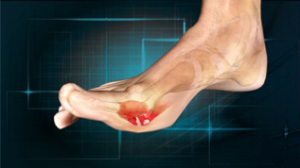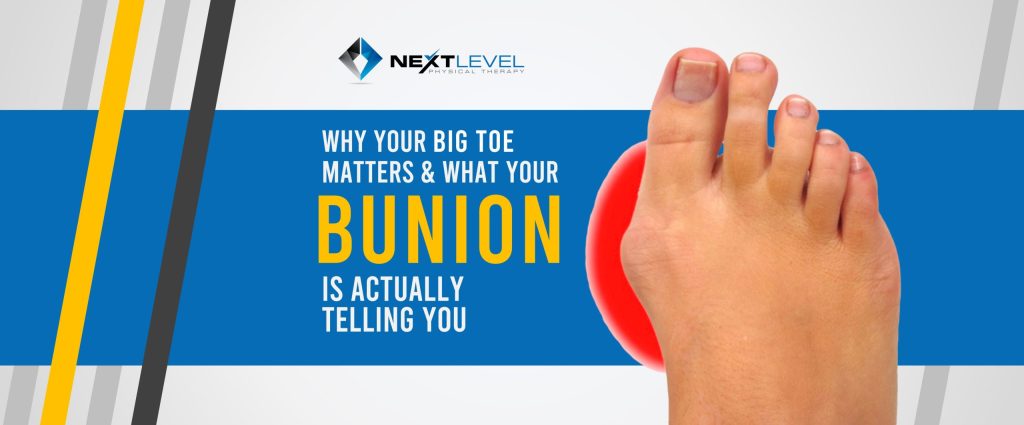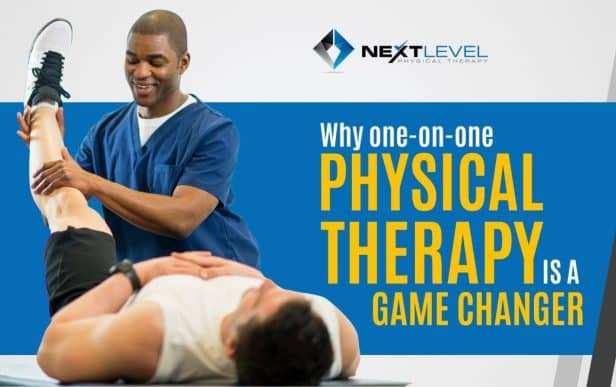January 19, 2026
What Running Gait Analysis Reveals About Pain and Performance
Running is one of the simplest and most accessible forms of exercise, yet it is also one of the most injury-prone. Many runners experience recurring pain, plateaus in performance, or the frustrating feeling that something is “off” but cannot pinpoint why. This is where running gait analysis becomes valuable. When done correctly, it goes far beyond watching someone run and offering technique cues. It reveals how your body’s movement patterns, strengths, and limitations show up with every step you take.
In this article, we will break down what running gait analysis actually is, what it shows, how it helps with injuries and performance, when runners should consider one, what to expect from the process, and the common mistakes runners make when they skip this step. The goal is not to sell a service, but to help you understand how deeper insight into your running mechanics can change the way you train, recover, and progress.
What Is Running Gait Analysis?
Running gait analysis is the systematic evaluation of how you move while running. At its most basic level, it looks at how your body interacts with the ground, how forces are transferred, and how different joints and segments coordinate throughout the running cycle.
Most runners think of gait analysis as watching slow-motion video of their stride. While video is part of the picture, true running gait analysis is about understanding patterns, not just appearances. It seeks to answer questions like:
How does your body absorb and produce force with each step?
Are you loading both sides of your body evenly?
Where are you compensating for mobility or strength limitations?
How consistent is your movement as fatigue sets in?
Rather than labeling a runner as having “good” or “bad” form, gait analysis looks at efficiency, stress distribution, and repeatability. Two runners can look very different yet both run pain-free and perform well. The problem arises when certain patterns repeatedly overload tissues or limit performance potential.
What Does Running Gait Analysis Actually Show?
A comprehensive running gait analysis reveals far more than whether your foot strikes the ground a certain way. It provides insight into how your entire system works together under the repetitive demands of running.
Force Distribution and Loading Patterns
Running is essentially a series of controlled single-leg landings. With each step, your body must absorb force and then reapply it to move forward. Gait analysis can show:
How much force you place through each leg
Differences between right and left sides
Whether certain joints are taking on more stress than they should
These loading patterns often correlate with common running injuries, especially when the same tissues are stressed thousands of times per run.
Timing and Rhythm
Variables like cadence, ground contact time, and symmetry give insight into how smoothly you move. Changes in rhythm can signal fatigue, compensation, or inefficiency. While numbers alone do not tell the full story, they help highlight where to look deeper.
Movement Strategies, Not Just Technique
Perhaps most importantly, running gait analysis shows how your body solves the problem of forward motion. Limited ankle mobility, poor hip control, or reduced trunk stability will all show up somewhere in your stride. The gait pattern is often the end result, not the root cause.
How Running Gait Analysis Helps With Injuries
Many runners seek gait analysis because they are dealing with pain. Knee pain, plantar fasciitis, Achilles irritation, hip discomfort, and low back pain are all common reasons someone starts looking for answers.
One of the biggest benefits of running gait analysis for pain is that it helps shift the focus away from the painful area itself and toward the broader movement pattern.
Understanding Why Pain Keeps Coming Back
When pain is treated in isolation, relief is often temporary. For example, knee pain may be addressed with local strengthening or stretching, but if the runner continues to load that knee excessively due to limited hip motion or asymmetrical force production, the symptoms often return.
Running gait analysis helps identify these upstream and downstream contributors. Instead of asking “What hurts?” the question becomes “Why is this tissue being overloaded during running?”
Reducing Guesswork in Rehab
Without gait analysis, runners and clinicians often rely on trial and error. Exercises are added, mileage is adjusted, and form cues are tested without a clear understanding of what actually needs to change.
By identifying specific movement patterns and asymmetries, gait analysis provides a clearer roadmap. Interventions can be chosen to address the underlying issue rather than chasing symptoms.
Supporting a Return to Running
For runners coming back from injury, gait analysis can highlight lingering compensations that remain even after pain has improved. Addressing these issues early can reduce the risk of re-injury and build confidence during the return-to-run process.
How Running Gait Analysis Supports Performance
Not all runners who benefit from gait analysis are injured. Many are healthy but feel stuck. They may struggle to hit pace goals, fatigue earlier than expected, or notice inconsistencies in their stride.
Identifying Efficiency Leaks
Small inefficiencies add up over long distances. Excessive vertical motion, prolonged ground contact, or uneven force distribution can increase energy cost. Gait analysis helps reveal where energy is being lost and why.
Improving these areas does not necessarily mean forcing a new running style. It often involves addressing strength, mobility, and coordination deficits so that more efficient movement emerges naturally.
Balancing Performance and Longevity
Performance gains that come at the expense of tissue health rarely last. Gait analysis helps runners find a balance between running faster and staying healthy by highlighting patterns that may limit long-term progress.
When Should a Runner Consider Running Gait Analysis?
There is no single “perfect” time for gait analysis, but certain situations make it especially valuable.
Recurring or persistent pain related to running
Plateaus in performance despite consistent training
Returning to running after an injury
Preparing for a new distance or increased training load
A sense that running form feels inefficient or inconsistent
Importantly, gait analysis does not require that something be “wrong.” Many runners choose to be proactive, using the information to guide smarter training and reduce future injury risk.
What to Expect From a Comprehensive Running Gait Analysis
Not all gait analyses are the same. A meaningful assessment looks beyond the treadmill and considers the runner as a whole.
Getting to Know the Runner First
Before any running begins, a thorough history matters. Previous injuries, training volume, goals, and perceived limitations all provide context. Two runners with identical gait data may require very different approaches based on their background.
Whole-Body Movement Assessment
Running is influenced by how you move off the treadmill as well. Range of motion, strength, balance, and coordination all affect running mechanics. Assessing these elements helps explain why certain patterns appear during running.
Data Collection During Running
During the running portion, metrics such as cadence, ground contact time, force distribution, and asymmetries are collected. These objective measures help identify trends and areas for improvement.
Connecting the Dots
The most important part of the process is interpretation. Data alone does not create change. Understanding how movement limitations lead to specific running patterns is what allows runners to make meaningful improvements.
Common Mistakes Runners Make Without Gait Analysis
Many runners attempt to self-correct issues without fully understanding what is driving them. This often leads to frustration or new problems.
Chasing Technique Cues Alone
Focusing solely on cues like “increase cadence” or “change foot strike” can sometimes help, but often these changes do not stick. Without addressing the physical reasons behind the pattern, runners may revert back under fatigue.
Overgeneralizing Exercises
Generic strengthening and stretching programs are commonly prescribed to runners. While these can be helpful, they may miss the specific deficits that matter most for an individual’s gait.
Ignoring Asymmetries
Many runners assume that small side-to-side differences are normal and unimportant. Over time, even subtle asymmetries can contribute to overuse injuries or limit performance potential.
Running Gait Analysis as a Long-Term Tool
Running gait analysis is not about finding a perfect form or fixing every imperfection. It is about understanding how your body moves and how those movements influence pain, performance, and longevity.
For runners dealing with pain, it offers clarity and direction. For runners chasing performance, it provides insight into efficiency and sustainability. In both cases, the value lies in connecting what happens during running to the deeper movement patterns that shape it.
By viewing running gait analysis as an educational tool rather than a quick fix, runners can make more informed decisions about training, recovery, and progression. Over time, this understanding can be the difference between constantly managing setbacks and building consistent, confident running.
Interested in a Running Gait Analysis?
If you are dealing with running-related pain, struggling to break through a performance plateau, or simply want a clearer understanding of how your body moves when you run, a structured running gait analysis can provide valuable insight.
At Next Level Physical Therapy, our running gait analysis is designed to go beyond surface-level observations. We combine treadmill-based running data with a comprehensive whole-body movement assessment to understand not just what your gait looks like, but why it looks that way.
Using RunEasi technology, we collect detailed metrics such as cadence, ground contact time, force distribution, and side-to-side asymmetries. More importantly, we help connect those data points back to your mobility, strength, and movement patterns so the information is actionable and meaningful.
If you would like to learn more about what the process involves and whether it is a good fit for you, you can explore our Running Gait Analysis service to see how it may support your running goals.
Read More




